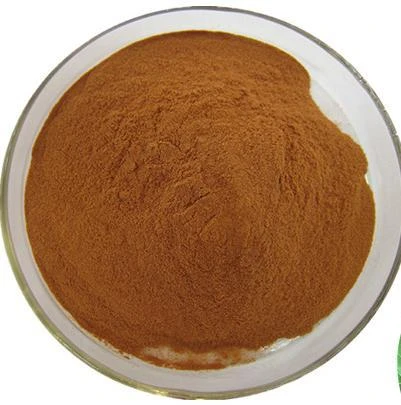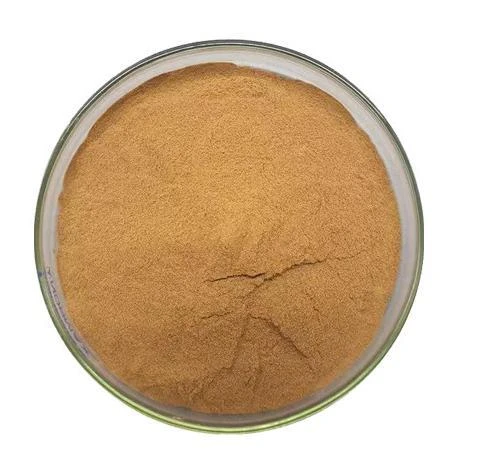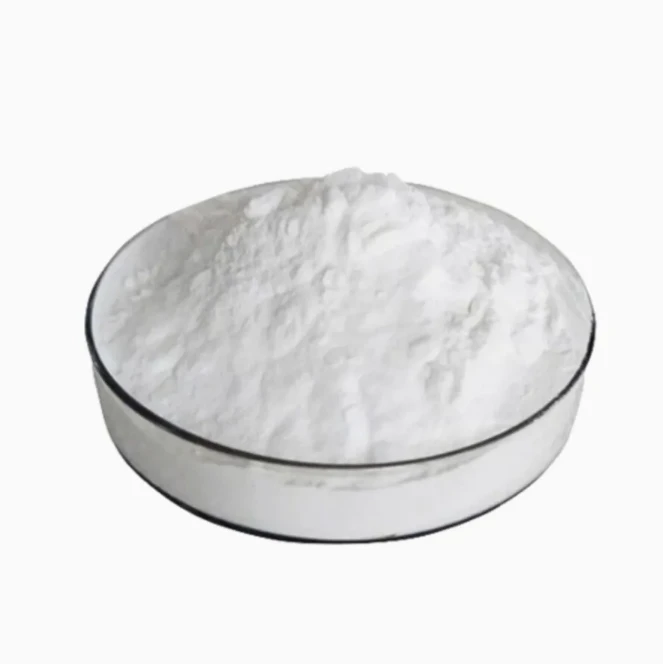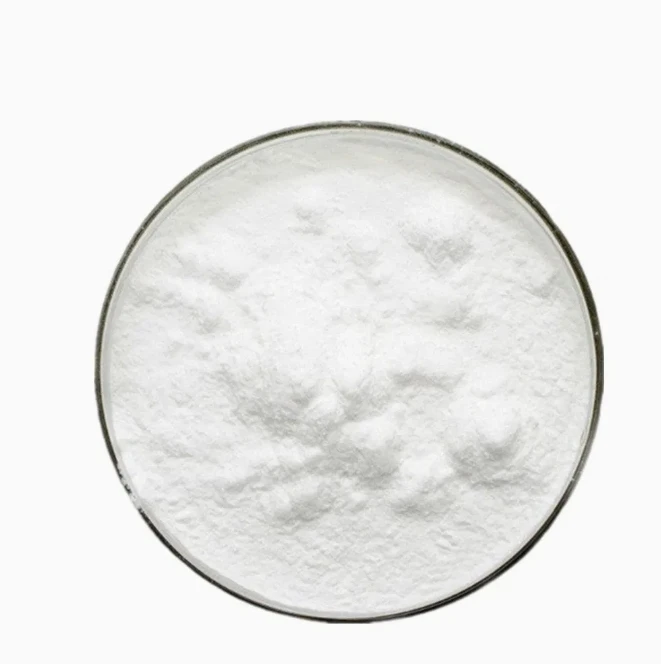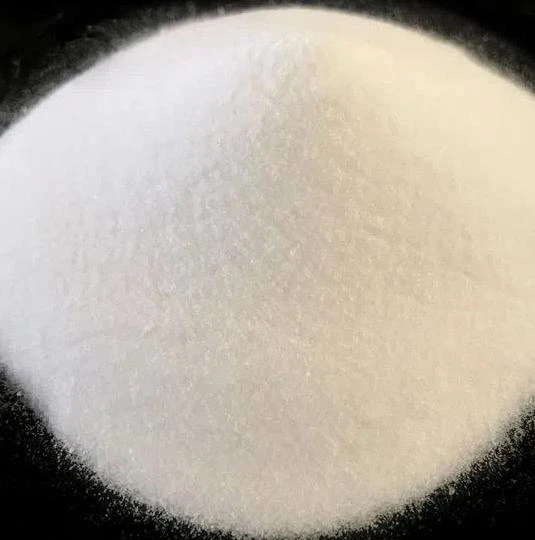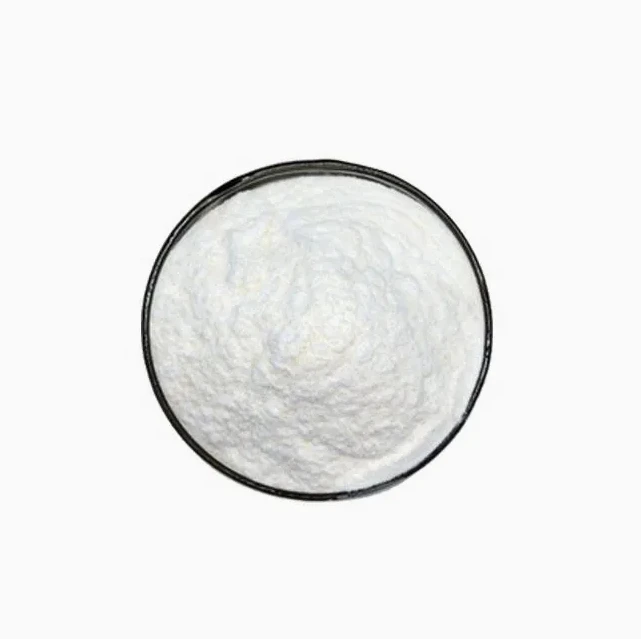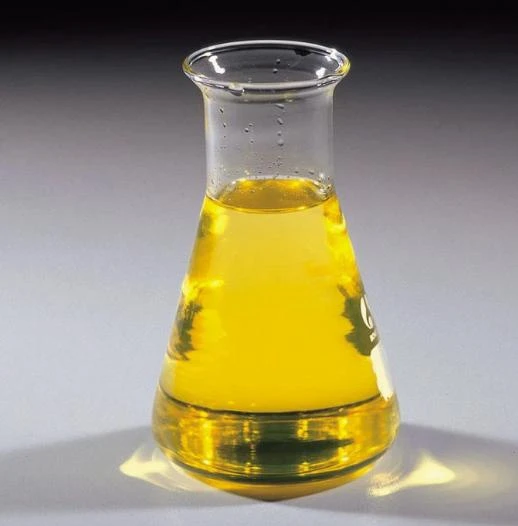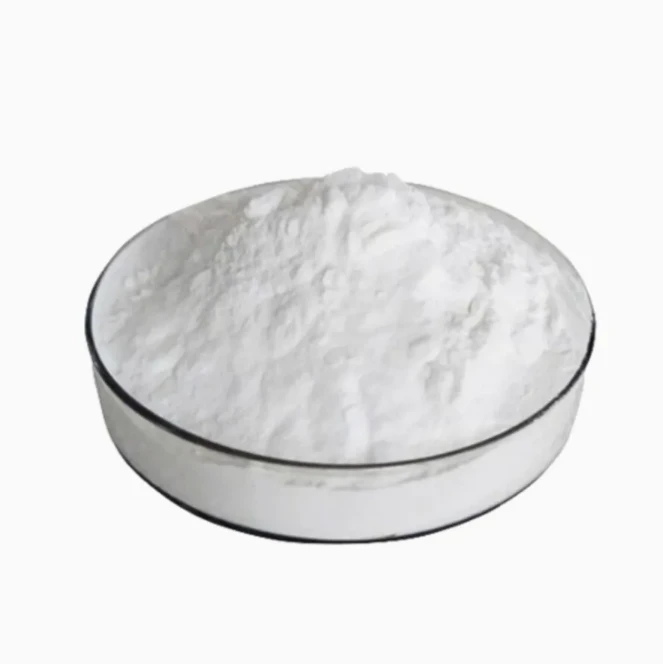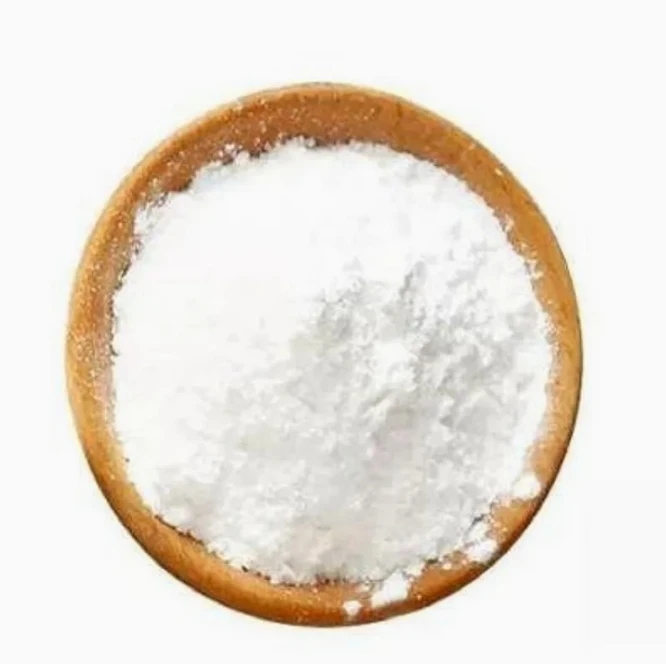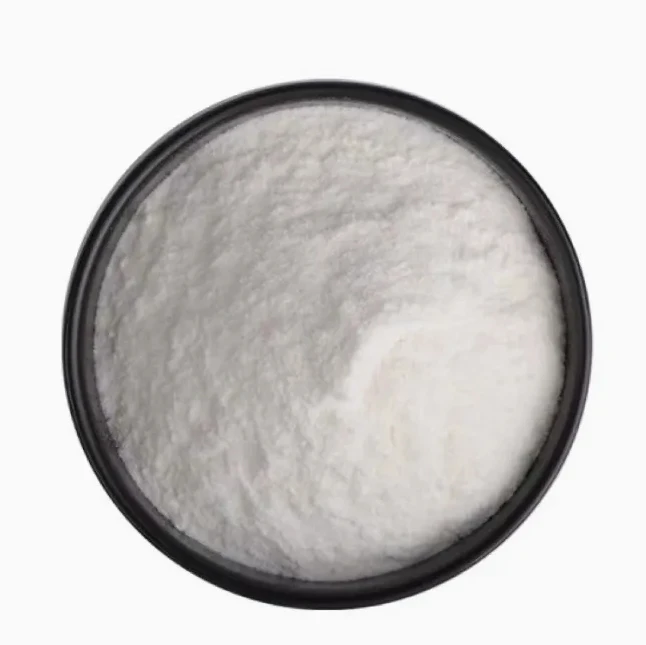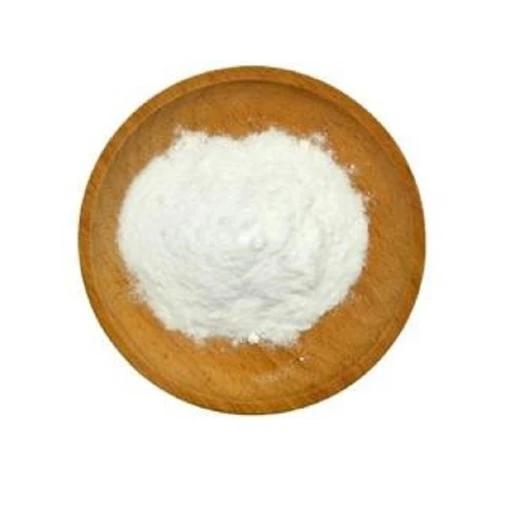 Email: sale@hebeidisha.com
Email: sale@hebeidisha.com
 Tel: +86 13315186550
Tel: +86 13315186550
- Afrika
- Albania
- Amharic
- Arabic
- Armenian
- Azerbaijani
- Basque
- Belarusian
- Bengali
- Asụsụ Bosnia
- Bulgarian
- Catalan
- Cebuano
- China
- China (Taiwan)
- Corsican
- Asụsụ Croatia
- Czech
- Danish
- Dutch
- Bekee
- Esperanto
- Estonia
- Asụsụ Finnish
- French
- Onye Frisian
- Onye Galisi
- Asụsụ Georgian
- German
- Grik
- Gujarati
- Haitian Creole
- hausa
- Hawaian
- Hibru
- Mba
- Miao
- Asụsụ Hungarian
- Aislandi
- igbo
- Asụsụ Indonesian
- Irish
- Ịtali
- Japanese
- Asụsụ Javanị
- Kannada
- kazakh
- Khmer
- Onye Rwandan
- Korean
- Kurdish
- Kyrgyz
- TB
- Latịn
- Latvia
- Lithuania
- Luxembourgish
- Masedonia
- Malgashi
- Malay
- Malayalam
- Malta
- Maori
- Marathi
- Mongolian
- Myanmar
- Nepali
- Norwegian
- Norwegian
- Occitan
- Pashto
- Asụsụ Persia
- Polish
- Portuguese
- Punjabi
- Romanian
- Russian
- Samoan
- Scottish Gaelic
- Asụsụ Serbian
- Bekee
- Shona
- Sindhi
- Sinhala
- Slovak
- Slovenian
- Somali
- Spanish
- Asụsụ Sudan
- Swahili
- Swedish
- Tagalog
- Tajik
- Tamil
- Tatar
- Telugu
- Thai
- Turkish
- Turkmen
- onye Ukraine
- Urdu
- Uighur
- Uzbek
- Vietnamese
- Welsh
- Enyemaka
- Yiddish
- Yoruba
- Zulu
Polygonum Multiflorum Fo-Ti Extract
Polygonum multiflorum root (He Shou Wu) is a kind of traditional Chinese Nutritional Supplements rich in anthraquinones (emodin and physcion), tetrahydroxystilbene glucoside, phospholipids (such as lecithin) and tannins, of which tetrahydroxystilbene glucoside is stipulated by China pharmacopoeia as marker compound to control the quality of Polygonum multiflorum root and responsible for antihyperlipidemia.
Fo-ti extract has a long history of use in Chinese Traditional Nutritional Supplements to treat discomfort of the liver and the kidney, because fo-ti extract was considered by ancient Chinese to have the ability of complementing Yin, which is essential to keep the balance of a healthy human body. Also as fo-ti extract was thought by ancient Chinese that the luster of hair is dependent on the function of the kidney, Fo-ti extract has been widely used as a cosmetics both taken orally and externally to polish and blacken the hair.




1)Anti-aging effects and delay the aging process: Studies show polygonum multiflorum extract improves the cardiovascular system, enhances immune functions, slows the degeneration of glands, increases antioxidant activity, and reduces the accumulation of lipid peroxidation
2)Alopecia & premature graying of hair: polygonum multiflorum has also been investigated to treat alopecia and premature graying of hair
3)Cardioprotective effects, hepatoprotective effect, neuroprotective effect and nonifying liver and kidney
4)Nourish blood and dispel the wind to enhancing immunity
1. Anti-aging effect
Aging animals accumulate a large amount of lipid peroxidation products, accompanied by a decrease in superoxide dismutase activity. Experimental results show that Polygonum multiflorum can significantly reduce the content of malondialdehyde in the brain and liver tissue of aged mice, increase the content of monoamine transmitters in the brain, enhance SOD activity, and can also significantly inhibit the activity of monoamine oxidase-B in the brain and liver tissue of aged mice. activity, thereby eliminating the damage caused by free radicals to the body and delaying aging and disease. The free radical theory believes that the generation and deposition of lipid peroxides can cause a series of aging symptoms. Therefore, the content of lipid peroxides is one of the main indicators for evaluating aging. Polygonum multiflorum extract has an effect on lipid peroxidation in mouse skin. It has a very obvious inhibitory effect on the production of substances, indicating that Polygonum multiflorum has the effect of delaying skin aging and can be used as a good skin anti-aging cosmetic additive. In addition, Polygonum multiflorum can significantly improve the DNA damage repair ability of peripheral lymphocytes in aged rats. By inhibiting the activity of monoamine oxidase-B in the brain, it affects the content of central neurotransmitters in the body, thereby regulating central nervous activity and delaying brain aging.
2. Impact on the immune system
Polygonum multiflorum can antagonize the atrophy and degeneration of mouse thymus caused by the immunosuppressants hydrocortisone or prednisolone, increase the weight of thymus, adrenal gland, spleen and abdominal lymph nodes, increase the total number of white blood cells, and promote phagocytosis of peritoneal macrophages. Function, reducing the content of circulating immune complexes in mice. Immunology believes that the decline of immune function is closely related to the aging of the body. The thymus is the central organ of the immune system and can effectively maintain the body's immune function. Polygonum multiflorum can delay the thymus degeneration that occurs with aging, which may be an important mechanism for delaying aging and improving the body's immunity. In addition, Polygonum multiflorum can also increase the content of thymus nucleic acid and protein, delay the age-related degeneration of the thymus in aged rats, and promote the significant reversal of changes in the ultrastructure of the thymus in aged mice, causing a significant increase in the phagocytosis index of peritoneal macrophages in mice, thereby improving The body's non-specific immune function.
Anyị nwere ọtụtụ ụlọ ọrụ dị elu nke nwere nkwado miri emi, nke nwere ike inye gị ngwaahịa dị elu na ọnụ ahịa asọmpi. Anyị nwekwara ike inye ego maka nnukwu ịzụrụ ihe. Anyị na-akwado ọtụtụ ụlọ ọrụ na-ebuga ibu ndị ọkachamara, nwere ike ịnapụta ngwaahịa n'enweghị nsogbu na aka gị. Oge nnyefe bụ ihe dịka ụbọchị 3-20 mgbe nkwenye nke ịkwụ ụgwọ gasịrị.
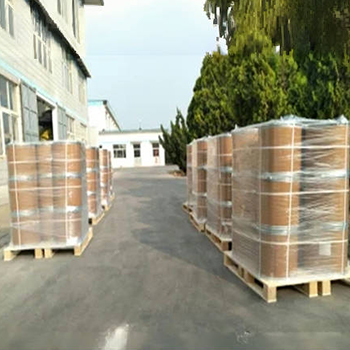
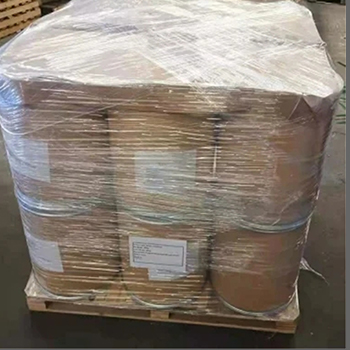


| Ihe | Nkọwapụta | Nsonaazụ | Methods |
| Marker Compound | 10:1 | Kwado | TLC |
| Appearance & Color | Brown powder | Kwado | GB5492-85 |
| Odor & Taste | Characteristic | Kwado | GB5492-85 |
| Plant Part Used | Root | Kwado | |
| Extract Solvent | Water | Kwado | |
| Bulk Density | 0.4-0.6g/ml | 0.40-0.55g/ml | |
| Mesh Size | 80 | 100% | GB5507-85 |
| Ọnwụ na ihicha | ≤5.0% | 3.65% | GB5009.3 |
| Ash Content | ≤5.0% | 1.50% | GB5009.4 |
| Solvent Residue | Ihe ọjọọ | Kwado | GC |
| Heavy Metals | |||
| Total Heavy Metals | ≤10ppm | <3.26ppm | AAS |
| Arsenic (As) | ≤1.0ppm | <0.45ppm | AAS(GB/T5009.11) |
| Lead (Pb) | ≤1.0ppm | <0.35ppm | AAS(GB5009.12) |
| Cadmium | <1.0ppm | Not Detected | AAS(GB/T5009.15) |
| Mercury | ≤0.1ppm | Not Detected | AAS(GB/T5009.17) |
| Microbiology | |||
| Ngụkọta ọnụ ọgụgụ efere | ≤10000cfu/g | <1000cfu/g | GB4789.2 |
| Total Yeast & Mold | ≤1000cfu/g | <100cfu/g | GB4789.15 |
| Total Coliform | ≤40MPN/100g | Not Detected | GB/T4789.3-2003 |
| Salmonella | Negative in 25g | Not Detected | GB4789.4 |
| Staphylococcus | Negative in 10g | Not Detected | GB4789.1 |
Polygonum Multiflorum/Fo-Ti (Chinese: he shou wu) is a perennial vine with broad arrowhead-shaped leaves native to central and southern China, which growing to 2~4 m tall from a woody tuber.
It is also commonly used in Chinese medicine, to balance energy in the kidney meridian, strengthen bones, prevent hair loss and premature graying, and protect the skin from sun damage.
It possesses the most magical rejuvenating properties, to help maintain hair color, preserve youthfulness, and restore fertility and virility.
Function:
1)Anti-aging effects and delay the aging process: Studies show polygonum multiflorum extract improves the cardiovascular system, enhances immune functions, slows the degeneration of glands, increases antioxidant activity, and reduces the accumulation of lipid peroxidation
2)Alopecia & premature graying of hair: polygonum multiflorum has also been investigated to treat alopecia and premature graying of hair
3)Cardioprotective effects, hepatoprotective effect, neuroprotective effect and nonifying liver and kidney
4)Nourish blood and dispel the wind to enhancing immunity
Application:
1.Applied in food field, it is often used as food additives.
2.Applied in health product field, it is made into capsules with the function of vasodilatation.
3.Applied in pharmaceutical field, it can play the role of inflammation.

1. Ị bụ ụlọ ọrụ mmepụta ihe ma ọ bụ ụlọ ọrụ ịzụ ahịa?
Anyị bụ ụlọ ọrụ na-ejikọta ụlọ ọrụ na ịzụ ahịa, na-enye ọrụ nkwụsịtụ.OEM nwere ike ịnakwere.
2. Ị na-enye samples? Ọ bụ n'efu ka ọ bụ mgbakwunye?
Free samples. The sample si ibu ego kwesịrị ịkwụ ụgwọ gị n'akụkụ.
3. Ị nwere asambodo ọ bụla metụtara njikwa mma?
ISO 9001: 2008 asambodo iji hụ na ịdị mma.
4. Kedu ihe m ga-enye ka m nweta nhota okwu?
Pls na-agwa anyị ụdị ngwaahịa nke ị chọrọ, iji ọnụ ọgụgụ, adreesị na ihe ndị a chọrọ. A ga-edepụta nkwupụta maka ntinye aka gị n'oge.
5. Kedu ụdị usoro ịkwụ ụgwọ na-amasị gị? Kedu ụdị usoro anabatara?
Usoro nnyefe anabatara: FOB, CFR, CIF, EXW;
Ego ịkwụ ụgwọ anabatara: USD;
Ụdị ịkwụ ụgwọ anabatara: T/T, Western Union; Paypal, ahia ahia.
Asụsụ Asụsụ: Bekee.
Ụdị ngwaahịa

